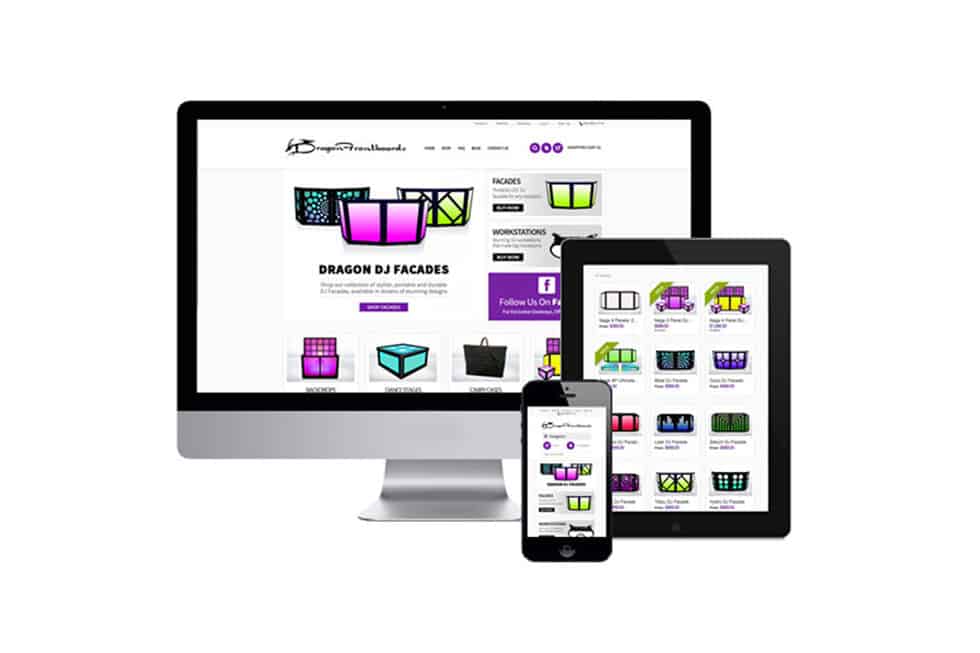
A website redesign can have significant impacts on your traffic, conversions and brand perception. Knowing when to opt for an overhaul is vital to ensuring you maintain forward momentum and avoid a devastating setback.
Many in the web industry have done their clients a disservice by blindly recommending re-design without considering the repercussions. Drastic changes to a website can impact things like SEO and user experience, which relate directly to lead generation, conversion rates and return on investment.
If your website has been around for a number of years, has a decent amount of traffic and generates leads or sales for your business, you’ll want to carefully consider how to approach a redesign.
There are many precedents for site overhauls resulting in massive losses in traffic and users. The popular social bookmarking site, Digg.com, famously alienated its user base with a redesign that didn’t sit well. The result was a crushing 26% loss in traffic.
Reasons to Consider a Website Redesign
Your site is not generating business: The true mark of a successful website is its ability to create new business. If your conversions are down or non-existing, it’s time for a change.
Your technology is holding you back from growing your business: Web technologies have changed dramatically over the past several years, so if your site was build in 1999, chances are its lacking many features that could help take you to the next level.
Your code is faulty and causing frequent crashes, bugs, glitches: If your site is slow to load, crashes frequently or contains major glitches that prohibit users from performing fundamental actions, you’re probably due for an update.
Your site is riddled with blackhat SEO tactics that are hurting your standing in search engines (or have resulting in penalization): Years ago, web masters and SEO enthusiasts implemented spammy tactics to game search engines. These tactics are now frowned upon by the likes of Google, and can get you penalized or even delisted from search results.
Your site is built in Flash: Flash is still not supported by Apple products and is typically slow loading and full of usability pitfalls.
How to Prepare for a Website Redesign
Perform an Analytics Audit: Use Google Analytics to pinpoint your best performing pages, content keywords, user funnels and conversions points.
Ask Your Customers for Input: Organize a focus group or survey to determine what your users feel is working, and what isn’t. You’d be surprised by how adept your audience is at understanding how a site should function in order to make their experience more efficient and enjoyable.
Run Usability Tests: There are some great resources for assessing the usability of your website. Applause.com will organize sessions with objective users who even do voice recordings of themselves interacting with your site. This is a great way to locate pain points or weak points in your UX.
How to Plan a Website Redesign
Create an Inventory of Areas for Improvement: Review all intelligence you’ve gathered via audits, analytics and user testing, and make an inventory of high priority items that need to change.
Only Fix What You Know is Broken: If your site is bringing you business you should be hesitant to change what is working. How can you be sure that your proposed design will lead to an improvement in engagement and conversions. The answer is, you can’t! The only way to know for sure is to make the changes and monitor analytics over time. If you make the wrong move, you may dig yourself into a hole that takes months or years to get out of.
Consider Evolutionary Site Redesign: The best and safest way to ensure you don’t harm your business is by implementing incremental changes over time. Known as Evolutionary Site Redesign, this process involves making small changes and testing them before moving on to more updates. This ensures that each update you make improves your website and works towards long-term growth.
Conclusion
A website redesign should never be done in haste. Always consider the vital factors that create user engagement and drive conversions. We often judge websites based on our own opinions of how they look and function; however, the real power lies in the opinion of those who use them.
It’s time for designers, consultants and clients to let go of ego-driven design. Instead, approach redesign with the goal of improving your online business by creating a great experience for your users.
Let`s Get
In Touch
Contact us today for a free consultation
and cost estimate for
your project.
We work with companies in all
industries, big or small.
Give Us a Call: 786-529-6039
Services
©2024 FUZE DIGITAL INC. Ignite Your Brand™ | privacy





